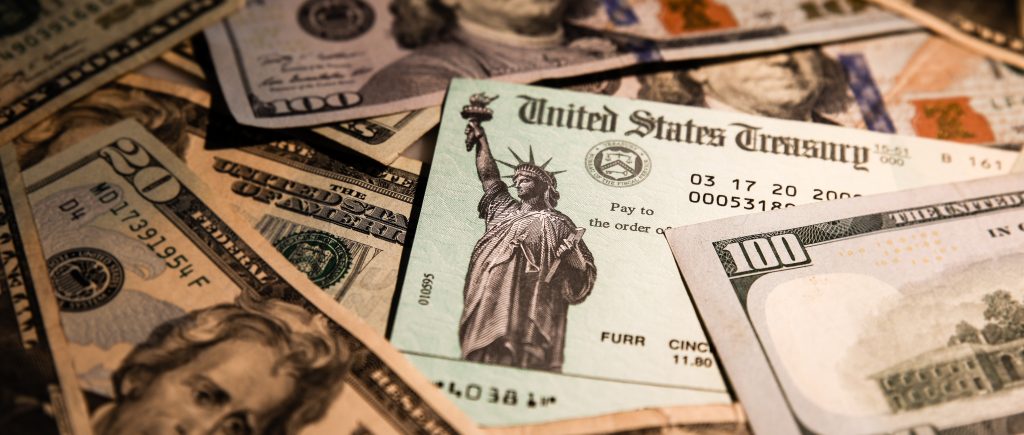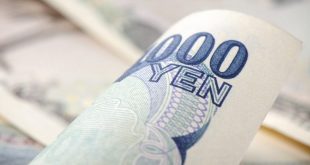The US government bond market is sending new signals that investors are increasingly convinced the Fed’s aggressive actions to tame inflation will result in recession.
While Fed Chair Jerome Powell on Wednesday said that he does not see the economy currently in a recession, spreads between different pairings of Treasury securities – and derivatives tied to them – have in past weeks moved into or toward an “inversion” when the shorter dated of the pair yields more than the longer one.
The curve is indicating that the Fed will have to start cutting rates after hiking. The part of the US Treasury yield curve that compares yields on two-year Treasuries with yields on 10-year government bonds has been inverted for most of the past month and is around the most negative has been since 2000 on a closing price basis.
Fed economists have said that near-term forward yield spreads – namely the differential between the three-month Treasury yield and what the market expects that yield to be in 18 months – are more reliable predictors of a recession than the differential between long-maturity Treasury yields and their short-maturity counterparts.
Futures contracts tied to the Fed’s policy rate showed this week that benchmark US interest rates will peak in January 2023, earlier than the February reading they gave last week.
The market’s risk-on mood after the Fed’s 0.75% rate hike is worth further monitoring as it weighs on the S&P 500 Futures despite the upbeat performance of the Wall Street indexes.

 Noor Trends News, Technical Analysis, Educational Tools and Recommendations
Noor Trends News, Technical Analysis, Educational Tools and Recommendations




